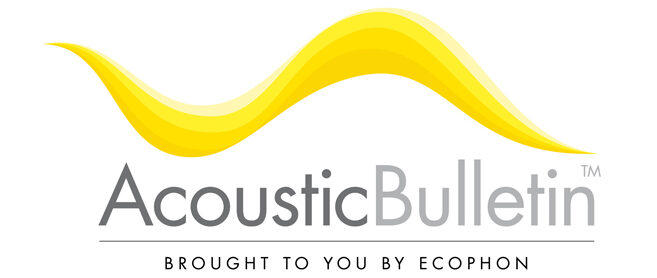Acoustic environment in Finnish offices, the summary of questionnaire studies Riikka Helenius, Finnish Institute of Occupational Health The result from a recent office study including 8 Finnish offices were presented. The acoustical conditions of the 8 offices represented typical Finnish offices. Noise and thermal conditions were experienced as the most disturbing work environment factors. The […]
Various
Highly intelligible background speech of 55 dB(A) impairs cognitive performance
Reported live from ICA Madrid Sabine Schlittmeier Sabine Schlittmeier, psychologist at Eichstätt University in Germany, presented her paper called Background speech varying in intelligibility – Effects on coginitive perfromance and perceived disturbance. Sabine presented three experiments, which tested the impact of background speech varying in intelligibility and/or level on basic cognitive functions (verbal short-term memory, […]
Vomiting is the most horrible sound ever!
Over a million votes were cast worldwide in an online science experiment. University of Salford in UK and Professor Trevor Cox analysed the results of public perceptions of unpleasant sounds. Listen and experience yourself Read more here!
More resources for future acoustic research in Denmark
In December 2006 the Danish National Institute for Occupational Health published the result of a large study of the working environment in Danish workplaces. More than 9.000 people participated in the research (NAK) and it was discovered that noise and poor acoustics is perceived as a serious problem. This is one of the reasons why […]
Good acoustics with Wall Panels
As a complement to an acoustic ceiling it is sometimes useful to attach absorbing panels to the walls. This could be the case when a disturbing flutter echo is present or expected and gives an unpleasant coloration to the sound. Another situation is when the amount of sound diffusing objects is small, resulting in long […]
Background to the European Standard EN 12354, part 6
In the latest issue of Acta Acoustica united with Acustica, Eddy Gerritsen (TNO) discusses engineering methods for the prediction of reverberation time and sound pressure levels in spaces with non-diffuse conditions. The assumptions and theoretical considerations behind the formulas in EN 12354-6 annex D are clarified. There is definitely a need for engineering models to […]
Short overview of acoustic building performance standards
More and more, acoustical performance of buildings is described in standards and norms. These are useful documents for expressing requirements and expectations regarding the acoustics. Here is a short overview, gathering standards addressing single building types as well as more general standards (in order of publication). All of them are available in English (original or […]
“Change focus – noise is not a killer”
Reported live from Ecophon 5th International Acousticians’ Seminar Søren Peter Lund, Senior Researcher at the National Institute of Occupational Health in Denmark, was the keynote speaker at the seminar. He started talking about the growing concern about noise in the society, showing a model that basically treats noise as a toxic compound. Lund’s view on […]
Room acoustics tool added to Finnish Standard SFS 5907
Annex H is now added to the original version of the Finnish Standard SFS 5907, previously described in Ecophon Acoustic Bulletin and initially published 2004. Annex H is informative and estimates the amount of Class A resp. Class C absorption material needed, as a percentage of the surface area of the space, with respect to […]
European Directive bans excessive reverberant noise
The European Directive on Construction Protection against noise applies to all buildings occupied by people. A specific paragraph addresses Reverberant Noise and how to handle it. Intesting is the use of equivalent absorption area. extract from the Directive below: Protection against excessive reverberant noise “The noise within a room is a function, on the one […]

